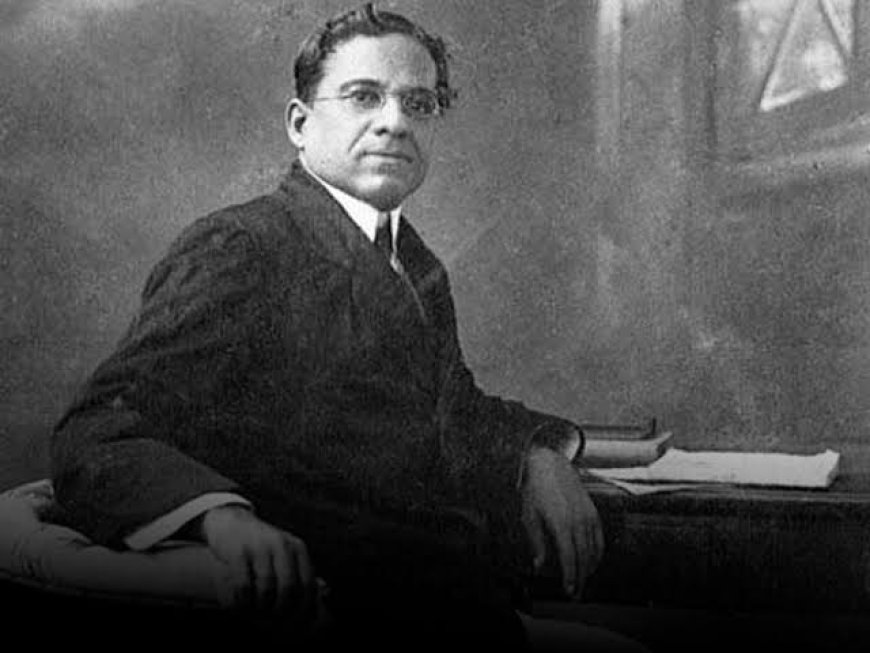Celebrating the Father of Indian Cinema: A Century of Dreams and a New Dawn for Marathi Films
Celebrating the legacy of Dadasaheb Phalke and the release of India's first feature film, Raja Harishchandra, while spotlighting the rise of a new era in Marathi cinema through Shivraj Waichal’s bold debut film Aata Thambaycha Naay.

Shaunak Joshi
As the month of April fades into May, lovers and well wishers of Indian cinema pause to remember two landmark events that shaped the film industry as we know it today. April 30 marks the birth anniversary of Dhundiraj Govind Phalke lovingly known as Dadasaheb Phalke, the father of Indian cinema. And just three days later, on May 3, we celebrated the release of India’s first full-length feature film, Raja Harishchandra, which hit the screen in 1913 under Phalke’s visionary direction.
Over a century ago, Dadasaheb Phalke dared to dream what no one had imagined. Inspired by western cinema, yet rooted deeply in Indian mythology and culture, he created Raja Harishchandra with minimal resources but with maximum passion. It wasn’t just a film it was a declaration that India too had stories worth telling on the big screen. That bold move not only birthed an industry but laid the foundation for generations of filmmakers across languages.
Fast forward to today, while Indian cinema has grown into a global force, Marathi cinema, once a torchbearer of creativity and substance, has struggled to keep up. Despite a rich legacy and talent pool, we’ve often found ourselves sidelined—lost in the noise of commercial formulae, lack of marketing muscle, and inconsistent content. Many of our
Aata Thambaycha Naay is currently running successfully in theatres across Maharashtra, and it’s not just a film it’s a declaration: Now, we won’t stop. Waichal’s bold, genre defying experiment brings together a powerhouse cast Bharat Jadhav, Siddharth Jadhav, Om Bhutkar, Parna Pethe, and even Ashutosh Gowariker in a role that redefines his on-screen persona. Each of these actors, beloved for their own reasons, steps into unfamiliar, layered characters with a raw honesty we rarely get to witness.
Waichal’s storytelling breaks away from conventional Marathi cinema templates. It’s visually daring, emotionally charged, and unafraid to be different. And the audience is responding. Not with mere applause, but with packed houses and word-of-mouth praise arguably the most genuine metric of success.
As we honour Dadasaheb Phalke’s legacy and the historic release of Raja Harishchandra, it’s hard not to feel hopeful. Phalke once sowed the seeds of Indian cinema with an unshakable belief in the power of stories. Today, directors like Shivraj Waichal are watering those roots, proving that
Marathi cinema isn’t just aliveit’s ready to roar again.












































